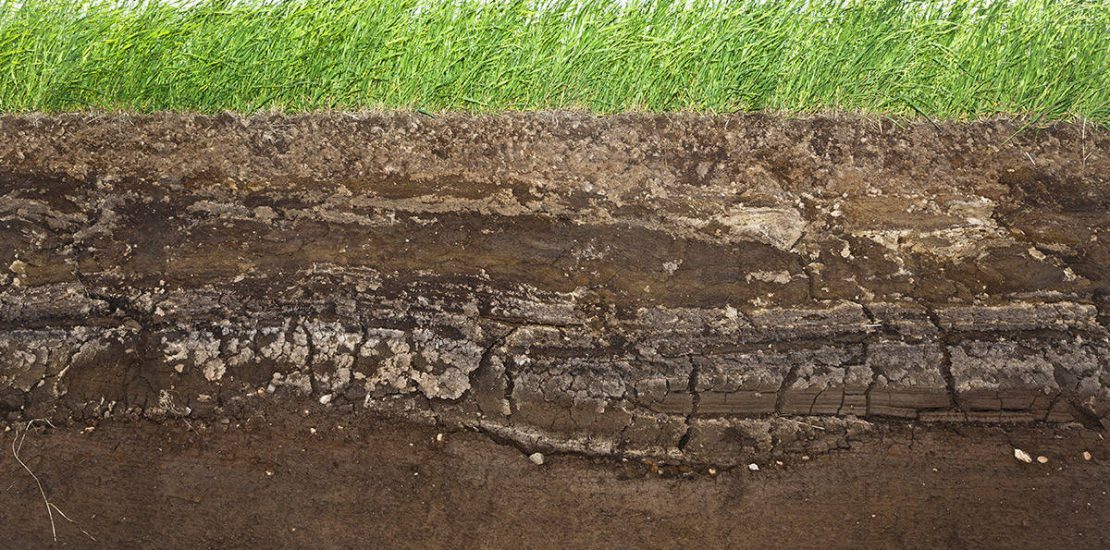- 3 July 2020
- Posted by: Karpatov Technology
- Category: Genel

Plants are tied to soil. In order to survive, they need to get sufficient amount of nutritional elements. Soil contains a great deal of minerals. However, they may not always be present in sufficient amounts. Especially the soil used in intensive agriculture gradually loses nutritional elements in time.
Sufficient amount and quality of crops from our cultivation depend on the mineral supply of soil which decreases in time. Otherwise, plants may show certain nutritional disorders and decreased productivity. Most cultivators do not know which fertilizer to use and when, how and how much to apply it.
The purpose in soil analysis is to identify the decreasing nutritional elements, determine when and which fertilizer to use, and learn the amount of nutritional elements in soil that are beneficial for plants.
Analyses also identify certain qualities of the soil and the amounts of nutritional elements.
Furthermore, the nutritional elements which may be needed by cultivated plants can be also be established.
Sampling Period
Soil sampling depends on climate conditions. Soil samples can be taken any time throughout a year as long as temperature and humidity conditions are available. The sampled soil should not be slurry or very dry. In case of soil pollution and similar other issues, sampling should be performed at the suitable time.
There are Mainly Four Stages of Soil Analyses:
1. Sampling soil,
2. Determining the receivable nutritional elements in soil samples,
3. Evaluating analysis results,
4. Developing fertilizer recommendations.




